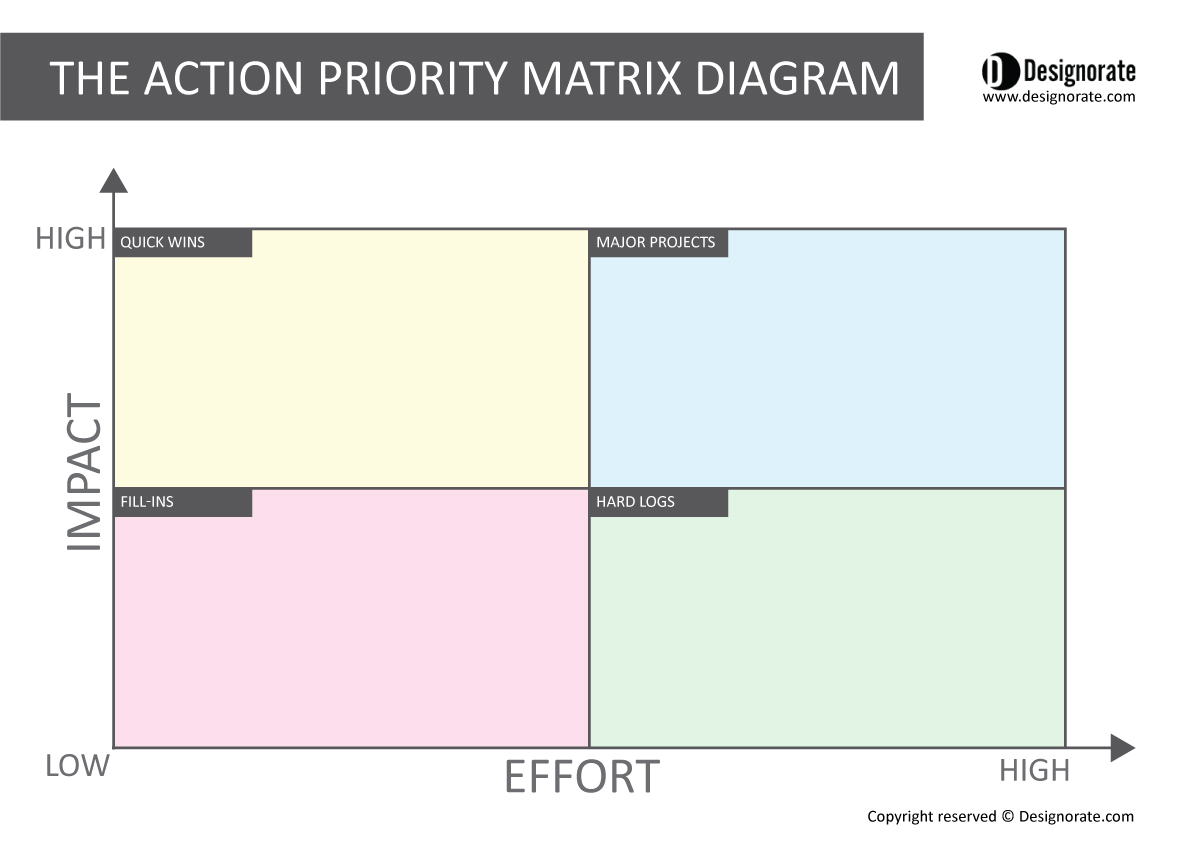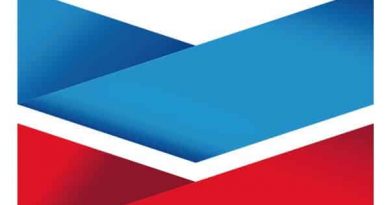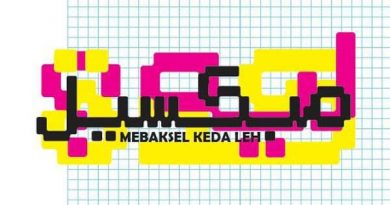How to Use the Action Priority Matrix in Time Management?
Unlike regular jobs. Designers are required to handle various tasks on different levels. This challenge increases when working as a freelancer or working in your own start-up. Most designers complain about the lack of time to achieve their tasks within the required deadlines. While many believe they can re-organize tasks in order to gain more time, I always advise my students to master time management instead of depending on procrastination which leads to losing not only clients but also reputation.it is challenging, right? Several tools can assess you for better time management, especially when prioritising your to-do list of tasks, such as the Action Priority Matrix.
Download Designorate Free Action Priority Matrix Template.
To achieve better time management for the design thinking process or queued work, three main factors can be used to prioritize tasks: time, impact and effort. Assuming that the time of the tasks is fixed, then two main factors can be used to determine the priority of tasks: impact and effort. The impact can reflect any type of advantage, such as profit, market exposure or improved competitiveness, while the effort represents the efforts required or the cost spent to complete the task. The Action Priority Matrix is one of the time management tips that can be used to organize tasks or utilise resources based on those two factors (check A Guide to the SCAMPER Technique for Creative Thinking).
What is The Action Priority Matrix (Eisenhower Matrix)?
The Action Priority Matrix (also known as Eisenhower Matrix) is a prioritization matrix and a time management tool of two axes; the horizontal axis represents the impact (types of tasks), and the vertical axis represents the effort spent on the task. Both values range from low (in the zero labels of the axis) to high, as shown in the figure below. In this method, the tasks are categorized into four types: Quick Wins, Major Projects, Fill-Ins and Hard Logs. Each of the four categories can be defined below based on its priority:

Quick wins: these tasks have the highest impact or return on investment (ROI) possible with the lowest level of effort. As there is a correlation between time and effort, this task may also be characterized by its short deadline or dedicated time to achieve it. It is advisable to place these tasks in the topic of your priorities. Another effective tool to organise your task critically is the Six Thinking Hats and the Starburst for evaluating new ideas.
Major projects: these tasks have a high impact, but they require higher effort or cost compared with quick wins; they are, therefore, placed as the second priority in the list. As both types have the same high impact, there is usually a conflict between them. Designers may find it hard to set a priority between both of them as a result. Therefore, the priority should be organized wisely so none of these tasks directly affect the other.
Fill-ins: these tasks have low impact and low effort, which places them as the third priority after the quick win and major projects. This task can be delayed if either a quick win or a major project task has arisen, or they can be placed in a less productive time or when the time is available. Also, check 10 Time Management Tips to Improve Innovation.
Hard logs: these tasks are also known as the “thankless tasks” as they have a low impact but require high effort. These tasks are time-consuming and take much time from the more important tasks. Out-sourcing these tasks can help to focus on more important tasks and release the continuous schedule stress.
How to Use the Action Priority Matrix
To successfully adopt the Action Priority Matrix method, it should be turned from a method to a habit and needs to be adopted over the long term. The use of this tool will improve given practice, and you will be able to have a better understanding of the impact of the different tasks and the effort to prioritize them properly. To apply the Action Priority Matrix, you can follow these steps (first Download the Free Action Priority Matrix Template):
Step 1: Prepare a list of all the tasks that need to be completed during a specific period, such as the day or the week.
Step 2: Score each task based on the impact and effort spent on each task. For example, rate each task’s effort and impact from zero to 10. For example, a task that is high impact and low effort can take a score of (9, 2), a high impact and high effort would score (9,9), and so on.
Step 3: Write the tasks based on their score on the Activity Priority Matrix graph similar to the figure above.
Step 4: Set up the task priorities based on the type of each task as described on the Activity Priority Matrix.
Pros and Cons of the Action Priority Matrix
The Action Priority Matrix is a simple but effective tool that can help designers and teams to prioritize tasks and improve productivity. However, like any tool, it has its pros and cons. The advantages of using the Action Priority Matrix include:
1. Clear Prioritization: The Action Priority Matrix helps to identify the most important and urgent tasks, prioritize work, and avoid wasting time on low-priority tasks through a clear action plan.
2. Increased Efficiency: By focusing on high-priority tasks, the Action Priority Matrix can help individuals and teams to have an efficient and effective workflow.
3. Improved Time Management: The matrix helps to manage time better by allowing you to plan your work and ensure that you are meeting deadlines.
4. Better Decision-Making: The Action Priority Matrix can help to make better decisions by helping individuals and teams to give attention to high-value tasks.
On the other hand, the disadvantages of the Action Priority Matrix include:
1. Subjectivity: The categorisation of tasks as important or urgent can be subjective, and different team members may have different views on what constitutes urgent or important.
2. Lack of Flexibility: The matrix may not be flexible enough to handle unexpected changes in priorities or new urgent tasks that arise.
3. Overlooking Low-Priority Tasks: Focusing only on high-priority tasks may cause individuals and teams to overlook low-priority tasks that still need to be completed.
4. Not Suitable for Complex Projects: The Eisenhower Matrix may not be suitable for complex projects that require a more sophisticated approach to task prioritization.
Time management allows designers to improve the efficiency of their time by prioritizing tasks. One of the methods that can improve time management is the Action Priority Matrix which aims to prioritize tasks based on their impact and the effort spent on each task. The visual graph helps us to easily identify the different tasks and organize them based on four categories: Quick Wins, Major Projects, Fill-Ins, and Hard Logs. Frequent usage of the Action Priority Matrix can help designers to develop a better understanding of the different tasks and improve their time efficiency. The Action Priority Matrix is a useful tool for prioritizing tasks, improving productivity, and making better decisions. However, it should be used with other tools and techniques and tailored to specific projects and situations.
This article was first published on 16th June 2016 and updated on 10th May 2023.
Summary
The Action Priority Matrix also referred to as the Eisenhower Matrix, is a tool used for prioritization and time management. It consists of a two-axis grid where the horizontal axis represents the impact or type of tasks, and the vertical axis represents the effort required. The values on both axes range from low to high. The matrix categorizes tasks into four types: Quick Wins, Major Projects, Fill-Ins, and Hard Logs, each with a distinct priority:
1) Quick Wins: These tasks offer the highest impact or return on investment (ROI) with the least amount of effort. They are typically associated with short deadlines or dedicated timeframes for completion. Quick Wins should be placed at the top of your priority list.
2) Major Projects: These tasks have a significant impact but require more effort or resources compared to Quick Wins. They are assigned the second priority. Since both Quick Wins and Major Projects have a high impact, there can be a conflict in prioritizing them. Careful organization is necessary to ensure that one doesn’t hinder the other.
3) Fill-Ins: Tasks in this category have low impact and require minimal effort. They are assigned the third priority, following Quick Wins and Major Projects. Fill-Ins can be postponed or scheduled for less productive times when Quick Wins or Major Projects arise or when there is available time.
4) Hard Logs: Also known as “thankless tasks,” Hard Logs have a low impact but demand significant effort to complete. These tasks are time-consuming and can detract from more important tasks. Outsourcing or delegating Hard Logs can help free up time and focus on more crucial responsibilities, alleviating continuous schedule stress.






